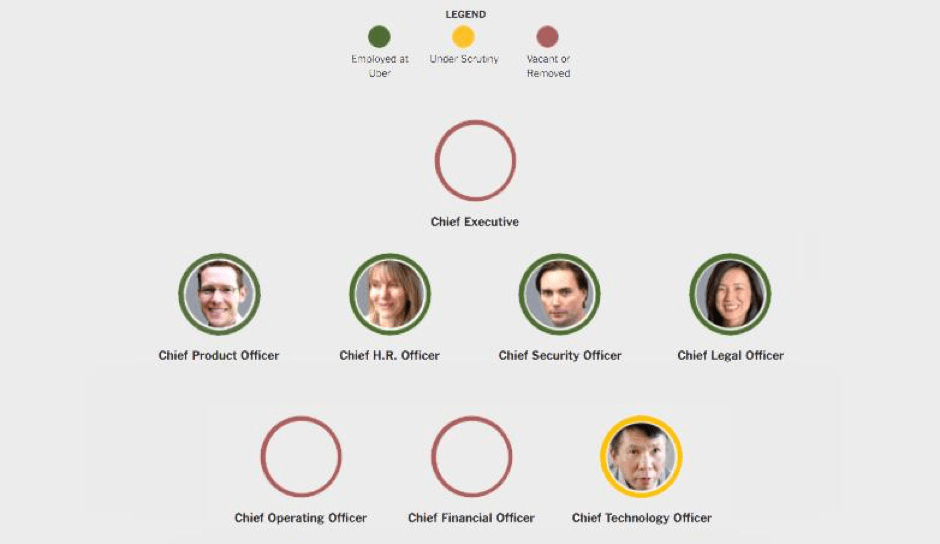Is this the last we’ll see of Kalanick?
Last Tuesday, under the demand of five of Uber’s major investors, Travis Kalanick stepped down as the ride-hailing service’s chief executive. For a company fraught with scandals and PR crises, the news is equal parts shocking and unsurprising.
What Went Wrong?
It all started at the beginning of the year.
First, Kalanick’s decision to join Trump’s business advisory board had invited criticisms. This was fuelled by a poorly-constructed tweet that many interpreted as support for Trump’s travel ban and led to protesters boycotting the service—the hashtag #DeleteUber went viral and at least 200,000 accounts were deleted.

Then, there was the exposé of a workplace rife with sexism after Susan Fowler’s now-famous blog post, which encouraged more affected employees to come forward and lodge their complaints. Internal investigations followed but the drama didn’t stop there.
Waymo filed an intellectual property lawsuit against Uber, and the company also came under federal enquiry for employing a feature named “Greyball” that sidestepped law enforcement and operated in areas where its service was deemed illegal without getting caught.
Prior to this, Uber had also settled US$20 million with the Federal Trade Commission for overstating driver earnings.
What’s Next For Uber?
Most urgently, the next step for Uber is to fill out the vacuum in its C-Suite. At the moment, the company does not have a COO, CFO, CMO or president.
For its new chapter to begin, it will be necessary for each key function to be overseen by proper leadership—and it is advisable for the company to hire leaders who have as much integrity as experience this time round.
This is to uproot and replace the toxic culture reported in Uber’s professional environment. Unethical and immoral practices should no longer be tolerated, even if it means sacrificing results. Hiring the right management team is the essential step to achieving this as they will put the right management systems in place.
Only then will the team at Uber be able to focus on its biggest financial problem: making a profit. According to Quartz, Uber lost nearly US$3 billion in 2016 and US700 million in the first quarter of 2017.
To avoid being pigeonholed as yet another Silicon Valley startup that will flop because it failed to become profitable, there will be a need to reform the ride-hailing company’s business model. That means no more 50% subsidies on every ride to cut fares to try to gain a monopoly position in the business.
Not The End For Kalanick
It’s hard to imagine Uber without Kalanick, the same man who has built and moulded the company (that is now valued at US$68 million) for the past eight years. But, we won’t have to—Kalanick will still have some say over the startup that he cofounded as he continues to serve on Uber’s board.
And, if history has taught us anything, it’s that failure is only a part of success. Just look at Steve Jobs, who returned from retrenchment to take Apple to greater and unprecedented heights.
There’s a lower chance that Kalanick will return to Uber though, considering he left on a much different and scandalous note. However, for a man who had launched three startups before he turned the age of 35, we don’t think this is the last we will be seeing of Travis Kalanick.






















